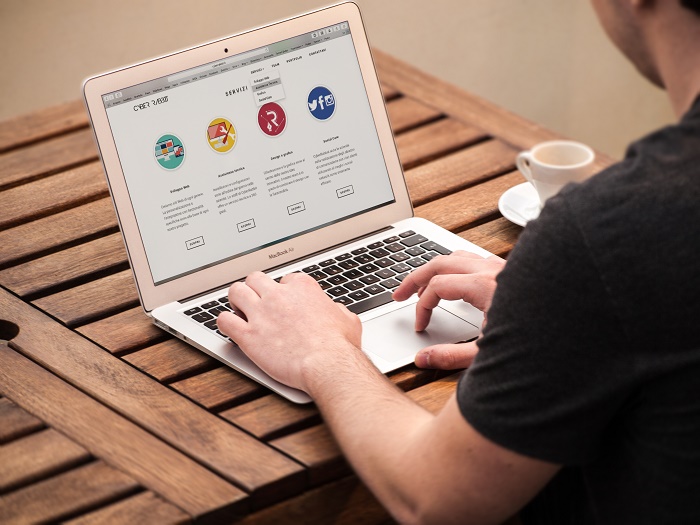Website speed is one of the most important SEO parameters. In an attempt to create a well-designed website, webmasters sometimes completely neglect the page loading time. Page speed has been a very hot topic in the last few years, and both Amazon and Aberdeen Group research have proved that one second of loading time cost you:
- 11% fewer page views;
- 16% customer satisfaction decrease;
- 7% slower conversion;
More than 50% of internet users expect that an internet page should load in 1 or 2 seconds or less, and a large percentage of this group will leave the page if the loading time is longer than 3 seconds. Your page speed directly depends on the hosting package and the server you are using. That’s why choosing dedicated hosting is always a better option. In addition to this, you can also conduct a few on-page optimizations that will make your website faster.
Google have started using webpage speed as one of its most important ranking factors in 2010. Recently they’ve also released very popular PageSpeed tools on the Google Developers website. These tools allow users to check their speed, install a PageSpeed module or integrate a PageSpeed optimization library.
On Google PageSPeed Insights you can check the page speed, by simply adding the website’s address in the input field. Most PageSpeed queries return similar problems. By following the PageSpeed Insights, we’ve determined the three most efficient ways for improving website’s speed. These include:
Image optimization
Big images can drastically prolong the page loading time. That’s why every image needs to be optimized before it’s added to the page layout. While optimizing images, you need to focus on three most important things: size, format and the src attributes.
For keeping your images as small as possible, you need to use the image editing software, like Adobe Photoshop, GIMP and various other resizing and cropping tools. Webmasters should reduce the image’s size and color depth. If you’re using WordPress, you can find dozens of plugins, like Smush, which allow on-page image optimization.
When it comes to choosing the image formats, webmasters should always opt for JPEG. PNG is also a good option, just sometimes it’s not fully recognized by the older browsers. Formats like BMP, TIFF and GIF should be avoided at all cost.
Src codes are critical for the uploading time because when the browser bumps into an empty src code, it makes a request to the page directory. This process adds unnecessary traffic and slows down the page loading.
CSS optimization
CSS defines the styling of your website. It can be inserted and accessed in several different ways. CSS code can be placed in an external file, which loads together with the page or on-page, when it’s placed in the page header. There’s also an inline CSS when the code is added directly to the HTML code lines.
Inline CSS is hard to read, for both browsers and SE crawlers. That’s why webmasters should always keep their page’s styling in one external CSS file. While styling your page, you should also pay attention to the above-the-fold content. To make it load faster, try to split your CSS into two parts. Short inline CSS styling should be placed in the above-the-fold HTML, while the longer part that defines the styling of all other parts of your website should be placed in an external file.
Minify your code
Every additional piece of code within your page can slow down its loading time. For example, the WYSIWYG modules make it easier for you to post content, but they also create a messy code, which can slow down your website. Your final product should have a clean code, with no extra spaces, line breaks, and indentation.
Minifying the web page requires you to check and optimize all of your HTML, CSS and Javascript code. There are many plugins and tools that will help you to do that. For minifying HTML, you can use the Google Chrome’s PageInsight’s Extension, while the YUI Compressor will help you to optimize CSS and JavaScript.
There are many other ways you can improve the on-page speed. If you’re using WordPress, you can add a caching plugin that will increase your website speed for additional 20%. Still, if you use too many plugins, your website may become slower and less responsive, especially if all the data is stored on the shared server.
